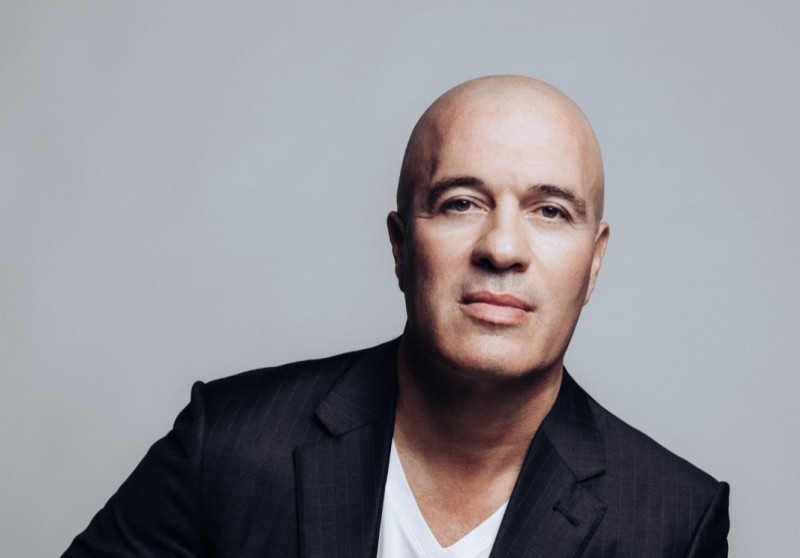The events of 2020 taught us all that supporting staff is key. Doing that in a meaningful way is difficult enough in normal circumstances. Doing it in the midst of a once-in-a-lifetime global event is quite another. Never has the need for quality coaching been more apparent, or the means of delivering it so complex.
Organisations who have implemented a coaching programme are already on the way to reaping the benefits. However, those programmes will only flourish in the right environment.
You’ve already taken the first step. Your organisation recognised the need for a culture of coaching that offers more than a day here and there with a disparate group of trainers with different specialities and styles.
So, you implemented a coaching programme and have begun to see the advantages across your organisation. More and more of your cohort of coachees are empowered to share their learnings with colleagues and teams, and that might have led you to create your own internal coaching provision.
Nurturing these internal coaching communities is key, and there are several factors to consider. We’ve put together our top five helpful tips on how best to help your coaches and coachees prosper, and successfully integrate coaching into your continuous development provision.
Getting it right
Identify the issues within your organisation that would benefit from coaching and then target those specific problem areas with the help of proven, qualified coaches. They in turn, skill up their coachees to help them share their new learnings with colleagues. The system quickly becomes self-sustaining and creates an embedded culture of coaching for development.
Delivery
Consider how best to deliver coaching to your workforce. Digital, in-person, regular or irregular. You know your working patterns and schedules best, so make sure that internal coaching provision takes account of partial return, phased returns and flexible working. Coaching should fit seamlessly into the roles and responsibilities of all staff, not be something that needs to be shoe-horned in, or is the first project discarded when priorities shift.
Matching
You want this to succeed, so take time to match coach and coachee in terms of skill and personality. Have clear and agreed policies on timescales, topics and milestones and make sure it brings value and doesn’t hinder progress.
Progress
Have a consistent approach and encourage open dialogue to strengthen the coach and coachee relationship. Measure success by sharing experiences, setting goals and engaging in meaningful feedback sessions on both sides.
Community
A well-run and respected internal coaching programme will reap benefits far beyond the immediate success of the coachee. It builds community, integrates coaching as best practice and brings teams together in a spirit of sharing skills and achieving joint goals.
There is a lot to consider when creating a growth strategy for your internal coaching team. Get it right, and the impact can be significant for them and the culture of your organisation.
6 morning routine mistakes to avoid that could cost you productivity
There are easy and effective ways to set the right tone from the start of your day.
Mistakes CEOs regret and how to avoid them
Many CEOs look back and wish they had done things differently.
6 steps business leaders must follow to address negative online reviews
Responding to online critics is an effective way of protecting a company’s reputation and building customer loyalty.
Provide feedback and show respect: 5 ways business leaders can steer a young team towards success
Millennials and Gen Z employees are on the rise, and while they are wrongly viewed as ‘unmotivated’ and ‘entitled’, they ...









